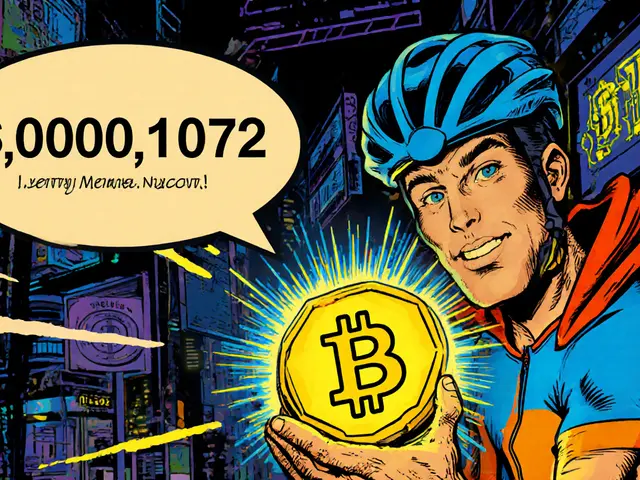Quantum Crypto: Preparing Blockchains for the Quantum Age
When working with Quantum crypto, the field that examines how quantum computing reshapes cryptocurrency security and blockchain design. Also known as post‑quantum blockchain, it studies risks, mitigation methods, and new protocols that stay safe as quantum computers get stronger, you quickly see why the topic matters to every crypto enthusiast.
Why Quantum Crypto Matters Now
Quantum computers are moving from labs to cloud services, and their ability to solve problems like integer factorisation threatens the RSA and ECC algorithms that protect most wallets today. Quantum crypto therefore isn’t a distant hobby – it’s a practical security layer you need to understand right now. Key tools include post‑quantum signatures, cryptographic schemes that stay unbreakable even against quantum attacks, quantum‑resistant cryptography, algorithms such as lattice‑based or hash‑based constructions designed for the quantum threat, and quantum key distribution, a physics‑based method for sharing encryption keys that cannot be intercepted without detection. In simple terms, quantum crypto encompasses post‑quantum signatures and requires quantum‑resistant cryptography to protect blockchain assets.
Many modern blockchain projects are already building quantum awareness into their core designs. Take modular blockchains – they separate consensus, data availability, and execution into distinct layers, making it easier to upgrade one layer with post‑quantum primitives without disrupting the whole network. Modular blockchain, a framework that isolates functions like rollup data availability for targeted improvements thus becomes a natural playground for quantum upgrades. When a rollup project adopts a new post‑quantum signature scheme, the underlying modular architecture can swap in the upgrade while keeping existing contracts active. This illustrates how quantum crypto influences modular blockchain design and enables smoother security transitions.
Security isn’t only about cryptographic math; it’s also about protecting validator operations from quantum‑driven attacks. Slashing protection tools, which guard proof‑of‑stake validators from accidental penalties, now need to consider key‑exposure scenarios where a quantum adversary could extract private keys from a compromised node. By integrating quantum‑resistant key storage and using quantum key distribution for validator communications, operators can reduce the risk of costly slashing events. This connection shows that blockchain security and quantum crypto are tightly linked – quantum computing influences how we safeguard validator keys and slashing mechanisms.
For everyday DeFi users, the impact is just as tangible. Hardware wallets that support post‑quantum algorithms give you a future‑proof way to store assets, while decentralized exchanges can signal quantum‑ready token listings with clear metadata. Watching airdrop projects that advertise quantum‑resistant token contracts can also hint at early adopters of the technology. In practice, decentralized finance requires quantum‑resistant signatures to maintain trustless trading, and projects that ignore the threat may face sudden confidence drops once quantum attacks become viable.
The articles below dive deeper into these themes. You’ll find guides on modular blockchains like Celestia, breakdowns of real‑world security incidents, practical steps for protecting validators, and analyses of how emerging regulations intersect with quantum crypto concerns. Together they form a curated toolbox that helps you navigate the quantum frontier while staying productive in the current crypto landscape.






